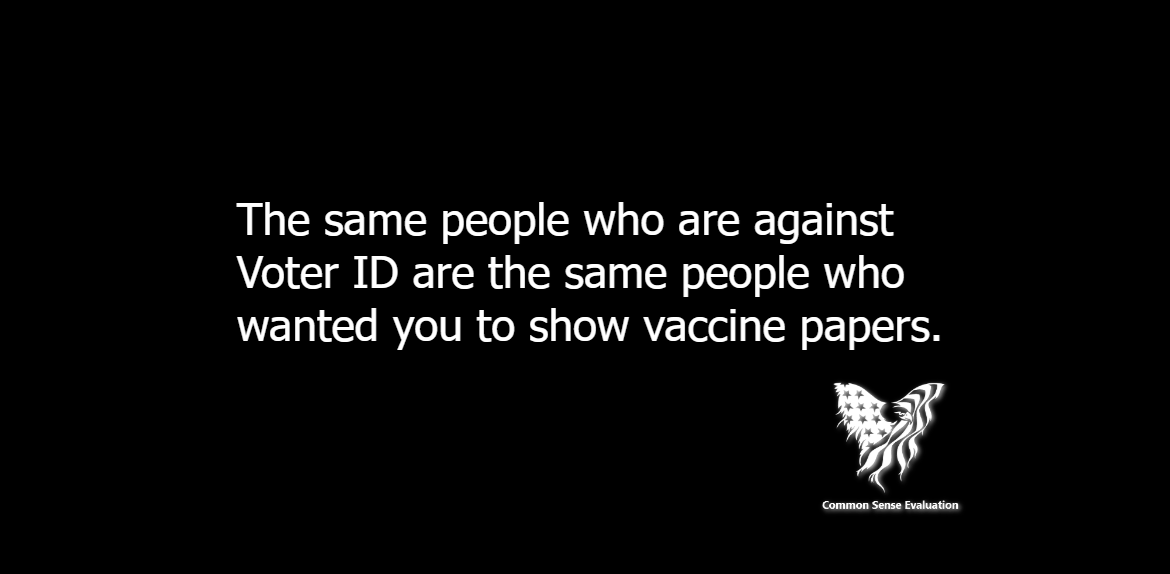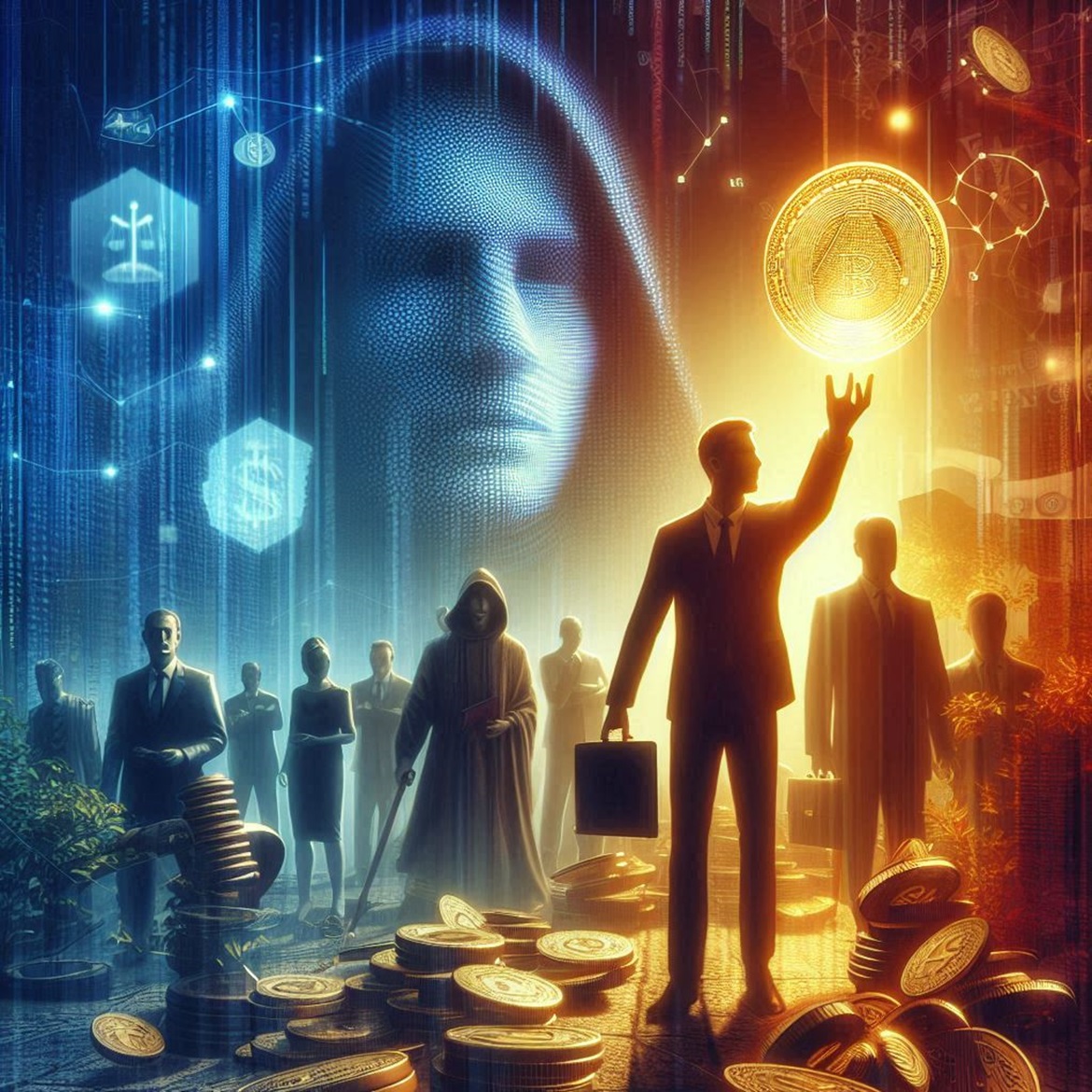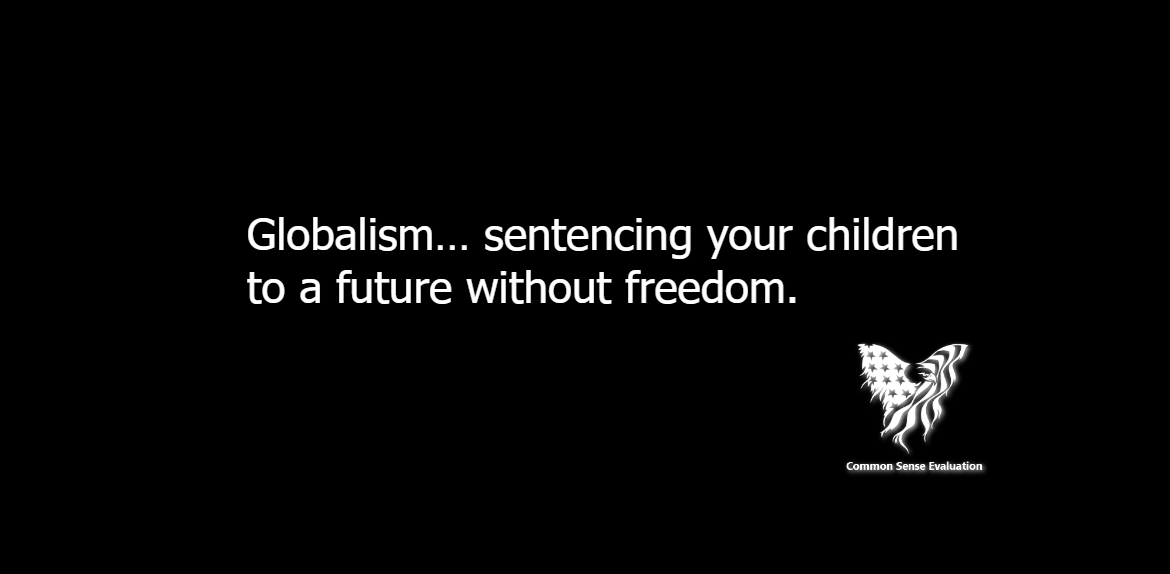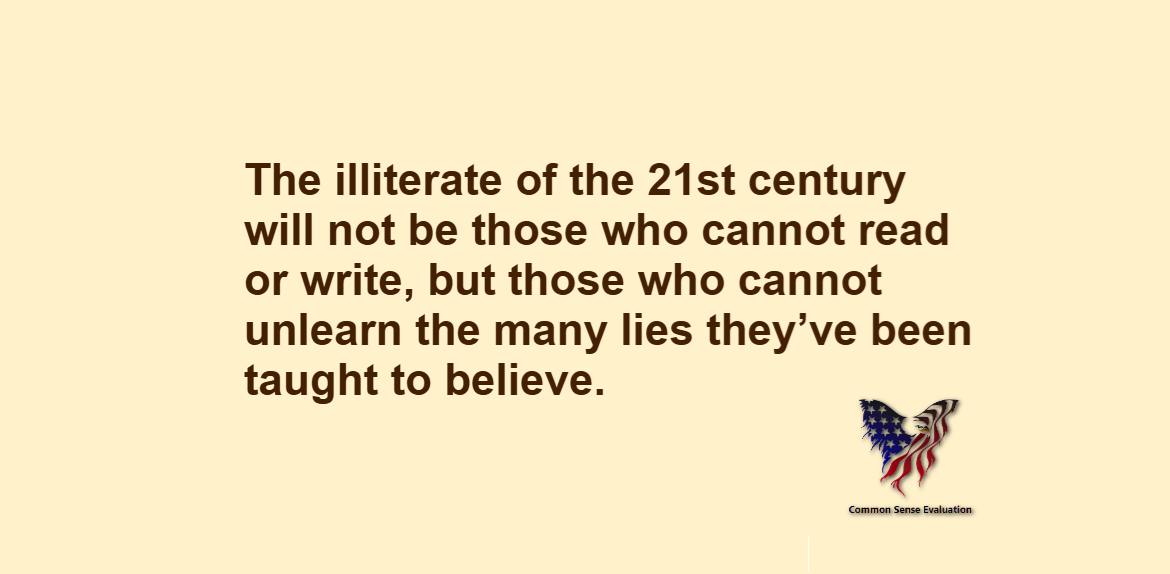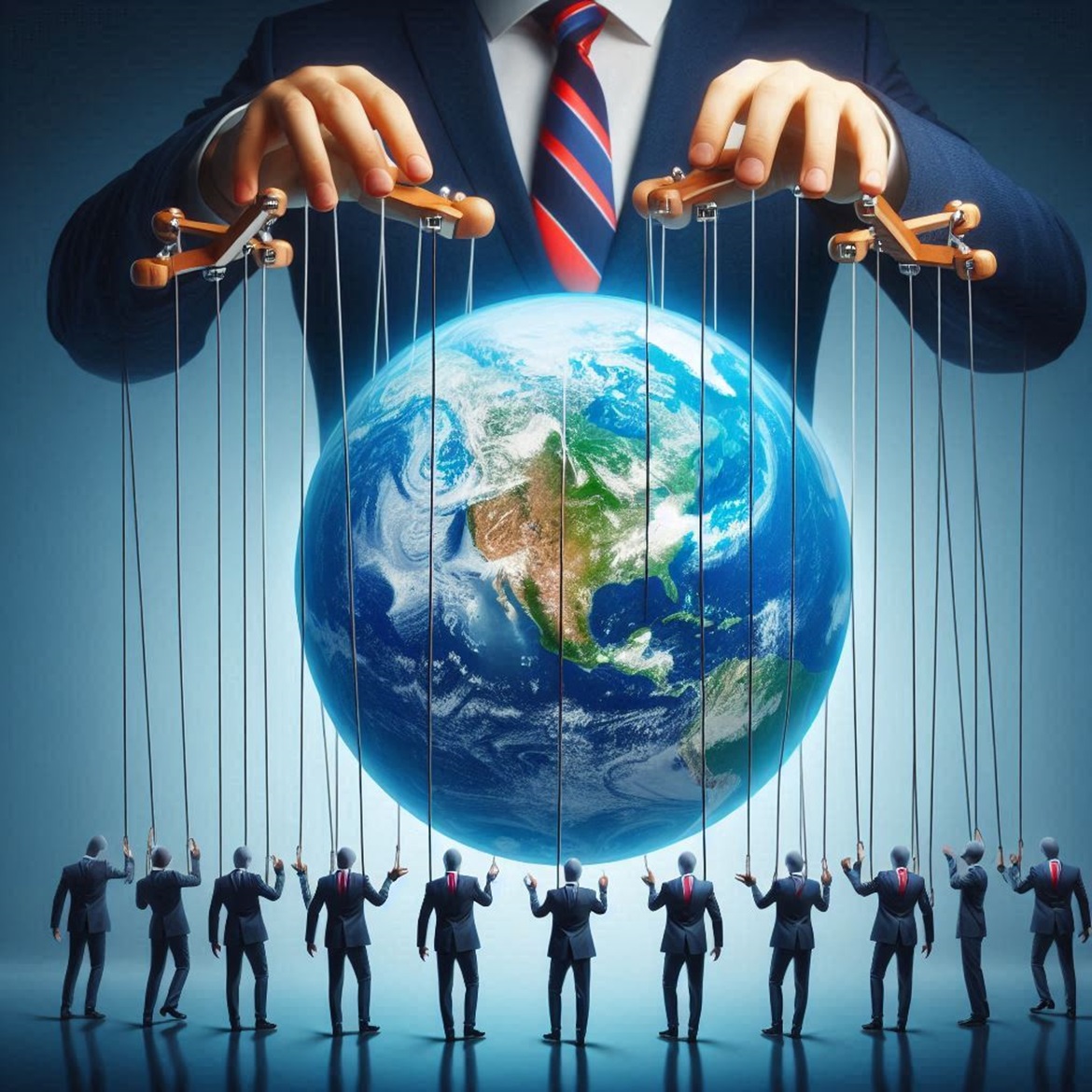The same people who are against Voter ID are the same people who wanted you to show vaccine papers.
Tag: Great Reset
The Real Reason Behind the Push for Digital Currencies and the Elimination of Cash
In recent years, there has been a noticeable shift towards digital currencies and the elimination of cash. Governments, banks, and tech giants all seem to be singing the same tune: the future is digital. But what lies beneath this harmonious chorus? Is it really about convenience and efficiency, or is there a deeper motive at play?
Control and Surveillance
One of the primary drivers behind the push for digital currencies is the unprecedented level of control and surveillance they offer. Unlike cash transactions, which are inherently anonymous, digital transactions can be traced, monitored, and recorded. This means that every financial move you make can be scrutinized. For those in power, this represents a significant advantage. It allows for the monitoring of spending habits, the detection of illegal activities, and the ability to track the flow of money with pinpoint accuracy.
With digital currencies, governments and financial institutions can gather a treasure trove of data. They can see where you shop, what you buy, and even your travel patterns. This data can be used to build comprehensive profiles of individuals and groups, providing insights into behavior and preferences. In essence, it offers a level of surveillance that was previously unimaginable.
Financial Control
Beyond surveillance, digital currencies provide a mechanism for enhanced financial control. Cash is tangible and can be stored privately, away from prying eyes. Digital currencies, however, exist in a realm where access can be controlled and restricted. This means that in times of economic uncertainty or political unrest, governments can exert control over digital funds in ways that are impossible with cash.
Imagine a scenario where access to your money could be limited or frozen with the click of a button. This could be justified under the guise of preventing crime, terrorism, or even managing economic crises. The reality is that it gives those in power an unprecedented tool to control the populace. In extreme cases, this could be used to suppress dissent or force compliance with governmental policies. Even more concerning is the potential for governments to cut off access to funds as a way to control speech. If you speak out against the government or engage in activities they disapprove of, they could simply restrict your access to your own money, effectively silencing you by limiting your ability to function in society.
The End of Tax Evasion
Another significant factor driving the move towards digital currencies is the elimination of tax evasion. Cash transactions can easily slip under the radar, making it difficult for authorities to track and tax them effectively. Digital currencies, on the other hand, create a clear and traceable record of every transaction. This makes it much harder for individuals and businesses to hide income or evade taxes.
While this might seem like a positive step towards fairness and accountability, it also represents a shift towards greater governmental oversight of personal finances. The ability to track and tax every transaction means that individuals have less privacy and autonomy over their own money.
The Rise of the Digital Economy
The push for digital currencies is also closely tied to the rise of the digital economy. As more and more aspects of our lives move online, the need for a seamless and efficient digital payment system becomes apparent. Tech companies are at the forefront of this shift, developing platforms and services that rely heavily on digital transactions.
For these companies, the move towards digital currencies represents a significant business opportunity. By integrating digital payments into their ecosystems, they can create new revenue streams and enhance their control over the user experience. This, in turn, increases their influence and power in the global economy.
The Decline of Physical Banks
The traditional banking system is also undergoing a transformation. Physical banks with brick-and-mortar branches are becoming less relevant as digital banking rises. Digital currencies accelerate this trend by reducing the need for physical cash and in-person transactions. This shift allows banks to cut costs and streamline operations, but it also means that customers are increasingly dependent on digital systems.
As banks and financial institutions move towards a fully digital model, they gain greater control over the financial system. This centralization of power raises concerns about the vulnerability of the system to cyber attacks and technical failures. It also means that individuals have less control over their own money, as access is mediated by digital platforms and services.
The Global Power Shift
On a broader scale, the push for digital currencies is part of a larger global power shift. Countries and regions are vying for dominance in the digital economy, and digital currencies are a key battleground. By developing and adopting digital currencies, nations can enhance their influence and control in the global financial system.
This competition is not just about economic power; it also has geopolitical implications. Countries that lead in digital currency adoption can set standards and influence the direction of global financial regulations. This positions them as leaders in the new digital economy, giving them strategic advantages in trade, diplomacy, and security.
Conclusion
The push for digital currencies and the elimination of cash is driven by a complex interplay of factors. Control and surveillance, financial oversight, the rise of the digital economy, the transformation of the banking sector, and global power dynamics all play a role. While digital currencies offer numerous benefits, including convenience and efficiency, it is important to recognize the deeper implications of this shift.
As we move towards a future dominated by digital transactions, we must remain vigilant about the potential for misuse and abuse of this powerful technology. The promise of a cashless society comes with both opportunities and risks, and it is up to us to ensure that the balance of power remains in check.
The Mystery of Synchronized News
>Have you ever noticed how news anchors across different channels, and even different countries, sometimes say the exact same thing, word for word? It’s a strange phenomenon that has been captured in numerous compilations online. Many people find it unsettling, as if there’s a hidden hand guiding these broadcasts. Is it merely a coincidence, or is there something more deliberate happening behind the scenes?
The Power of a Uniform Message
Let’s start with the basics. News networks aim to inform the public, but they also need to maintain viewer trust and consistency. Uniform messages can help achieve this by ensuring that the audience receives the same core information, regardless of the source. This practice can streamline the dissemination of key stories and facts, ensuring that everyone is on the same page.
However, this raises an important question: who decides what the core information is? And why does it need to be so meticulously uniform?
A Central Source of Information
One plausible explanation is the role of news agencies. Major news agencies, like Reuters, Associated Press (AP), and Agence France-Presse (AFP), serve as central hubs of information for news outlets around the world. These agencies collect and distribute news stories to various networks, providing them with pre-written scripts that can be broadcasted as is or with minimal changes.
While this makes practical sense—after all, it saves time and resources for individual news stations—it also centralizes the control of information. If a small group of agencies decides what is newsworthy and how it should be presented, then the diversity of perspectives and voices in the media can become significantly limited.
The Illusion of Choice
Many viewers assume that switching between different news channels offers a variety of perspectives. But when these channels are reading from the same script, this illusion of choice is shattered. It suggests that the media landscape might not be as diverse as it appears. Despite the myriad of logos and familiar faces, the underlying message remains eerily consistent.
This raises another critical issue: the potential for manipulation. If the same narrative is being pushed across multiple channels, it becomes easier to shape public perception. This can lead to widespread acceptance of certain viewpoints while suppressing dissenting opinions.
The Role of Corporate Ownership
Another layer to this puzzle is corporate ownership of news networks. In many countries, a handful of conglomerates own the majority of media outlets. For instance, in the United States, companies like Comcast, Disney, and ViacomCBS control a significant portion of what people see and hear. This concentration of ownership can lead to homogenized content, as these corporations may have vested interests in promoting specific agendas.
Moreover, these conglomerates often have ties to other industries and political entities, which can further influence the news narrative. When media companies are part of larger corporate empires, their news divisions may not operate as independently as one might hope. The potential for conflicts of interest is high, and this could explain why news scripts are often identical.
Psychological Impact of Repetition
Repetition is a powerful psychological tool. When people hear the same message repeatedly, it becomes ingrained in their minds. This concept, known as the “illusory truth effect,” means that the more often a statement is repeated, the more likely people are to believe it, regardless of its accuracy.
By ensuring that news anchors everywhere say the same thing, those controlling the scripts can influence public opinion effectively. This technique is subtle yet incredibly effective, as it operates below the level of conscious awareness. People tend to trust what they hear repeatedly, especially from authoritative figures like news anchors.
The Technology Factor
In the digital age, the spread of information is faster and more controlled than ever before. Algorithms on social media platforms amplify certain stories while burying others. This creates echo chambers where people are exposed primarily to information that reinforces their existing beliefs.
News networks, aware of these dynamics, may craft their scripts to fit these patterns, ensuring maximum reach and engagement. By aligning their messages with what the algorithms favor, they can maintain their relevance and influence in a crowded media landscape.
What Can We Do?
Given this backdrop, it’s crucial for viewers to become more critical consumers of news. Here are a few steps you can take:
- Diversify Your Sources: Don’t rely on a single news outlet. Explore international news, independent media, and multiple perspectives.
- Question Uniformity: If different channels are saying the same thing, dig deeper. Look for alternative viewpoints and underlying facts.
- Stay Informed: Educate yourself about the ownership and affiliations of the media you consume. Understanding the business behind the news can provide insights into potential biases.
- Engage in Discussions: Talk to others about what you see and hear. Healthy debate can reveal hidden biases and broaden your understanding.
Conclusion
The repetition of identical news scripts across various channels and countries is a fascinating phenomenon. While there are practical reasons for this uniformity, such as efficiency and consistency, it also hints at deeper issues of control and influence within the media landscape. By staying aware and critical, we can navigate this complex environment and seek out the truth amidst the noise.
